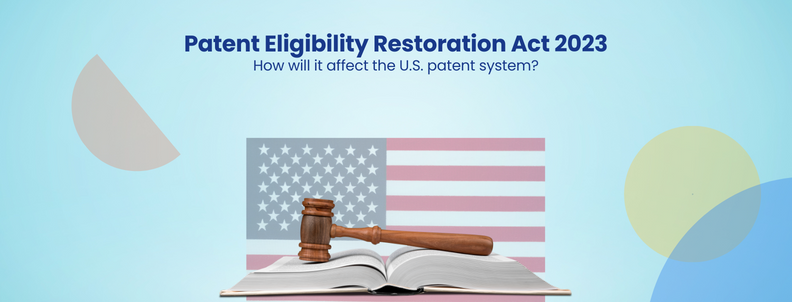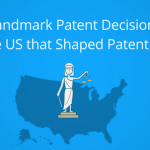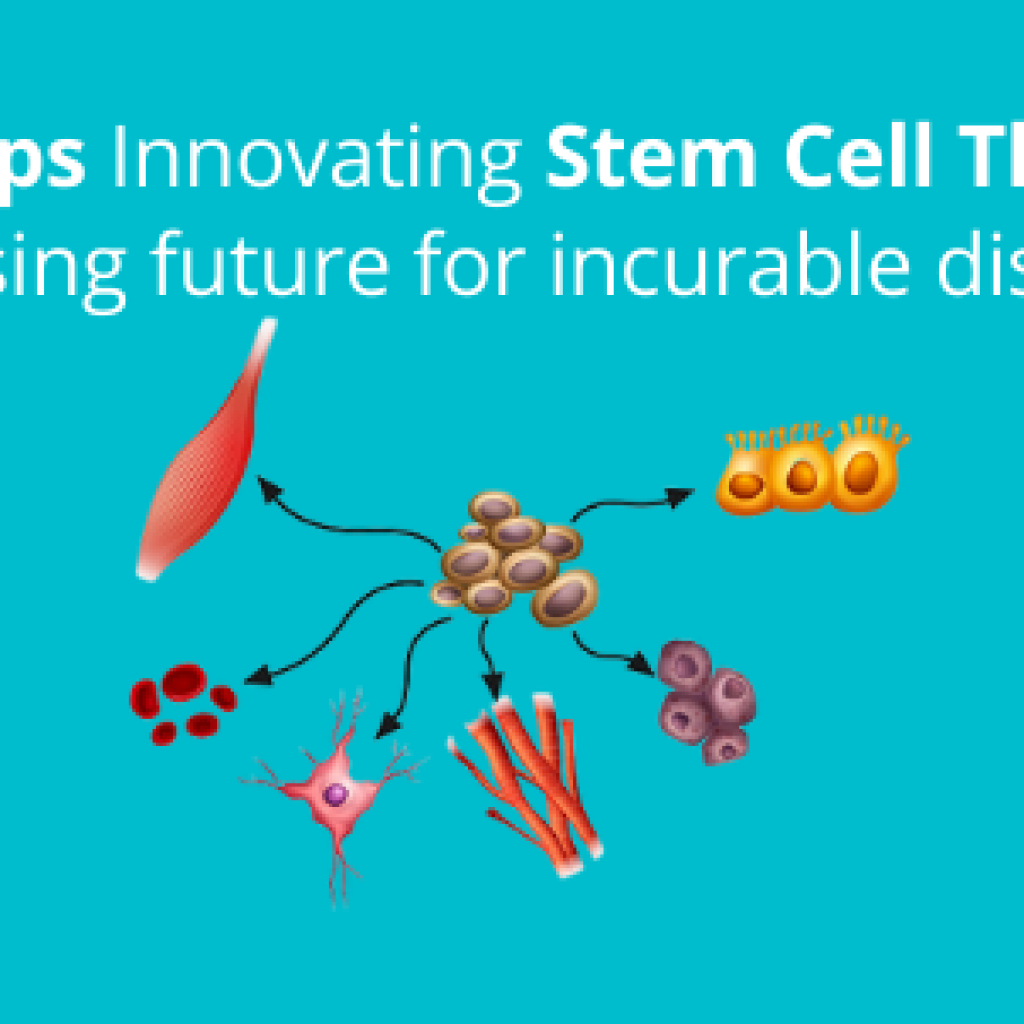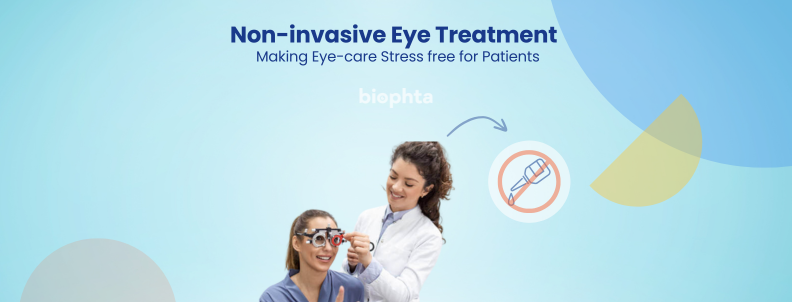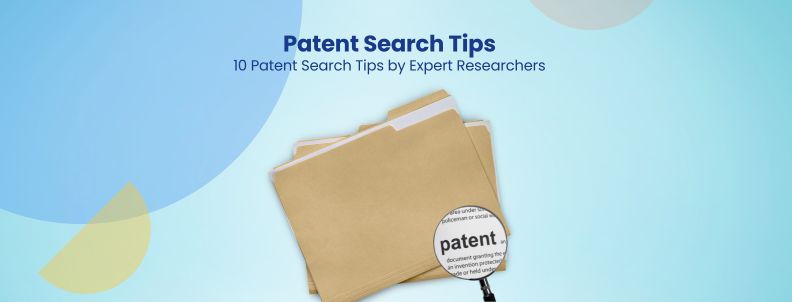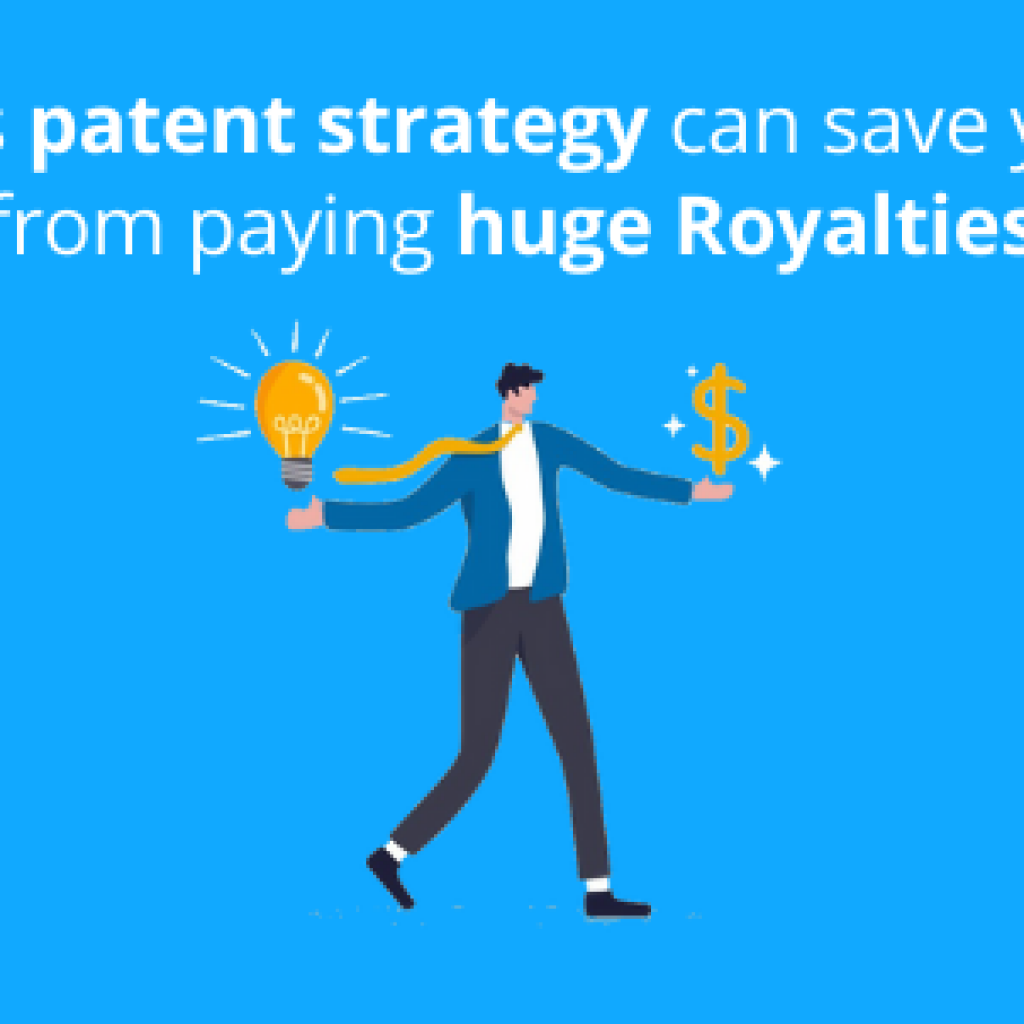The unanimous decision of the U.S. Supreme Court in the Alice Corp. v. CLS Bank International case spiked patent rejections by 31%, leaving innovators and their backers in limbo. That single court case has derailed over 60,000 innovations, hampering industries that depend on new tech.
In this uncertain climate, Senator Coons said, “More than a decade after the Supreme Court waded into patent eligibility law, uncertainty remains about what areas of innovation are eligible for patent protection. Critical technologies like medical diagnostics and artificial intelligence can be protected with patents in Europe and China, but not in the United States.”
The current patent system often feels contradictory; what’s groundbreaking today becomes “obvious” tomorrow. Therefore, Senator Coons is looking to cut through this uncertainty with new legislation in 2023 that aims to clarify what counts as a patentable idea.
In this regard, the Patent Eligibility Restoration Act of 2023 aims to address the shortcomings of the current U.S. Patent System and reboot American innovation in this field.
Gaps in the Current U.S. Patent System
Due to messy patent eligibility criteria, the U.S. patent system often feels like Columbus’ famous egg trick: impossible until it’s done, then it’s ‘common sense.’ Let’s unpack some critical issues due for a fix:
- Patent Eligibility and its Ambiguities
Section 101 of the Patent Act allows judges to validate patents during infringement lawsuits. However, this patent eligibility aspect of the U.S. patenting system has long been contentious and criticized for its lack of clarity.
The Alice test, derived from the Alice Decision, is often employed to assess whether a patent involves prohibited subject matter. For example, a new method for counting apples wouldn’t suffice for a patent; it would need an “additional feature,” like sorting by color or size, to qualify for protection potentially.
Despite its intent to clarify, the Alice Decision introduced more ambiguity than solutions, particularly in the tech sector, where innovations often intersect with abstract ideas.
- Vulnerability of Patents After Issuance
Once the patent office has approved a patent, it may be assumed that the inventor’s rights are secure. However, the reality is far from reality.
Infringers can challenge the patent’s eligibility, triggering a judicial review under the “Section 101” guideline. If a judge deems the patent ineligible, it’s invalidated, letting the infringing party off the hook with little to no consequences.
This creates a high level of unpredictability and risk for patent holders. The current process allows infringers to essentially weaponize the court system to question a patent’s legitimacy, leading to a messy, complicated legal landscape that undermines the very intent of patent protection.
- Role of Courts in Determining Patent Eligibility
Often lacking tech expertise, Judges are left to rule on patent validity—a job many argue should be left to the patent office’s specialized pros. This legal gamble scares off would-be innovators, fearing one court ruling could erase years of sweat and investment.
As a result, the current patent system is putting a freeze on innovation, the very thing patents are supposed to protect.
- Arguing Capability of the Patent Attorney
A savvy patent attorney can be your ace in the hole to beat 101 rejections in court. For instance, check out these seven post-Alice patent cases that survived 101 rejections.
But here’s the rub: strong lawyering might tip the scales more than the invention.
And let’s talk about the price tag—top-tier legal talent isn’t cheap. This cash hurdle can sideline small-time inventors, skewing the patent game from being a level playing field.
Given these loopholes in the current judicial system, it is now essential that significant reforms be made to reestablish the United States as a global powerhouse in critical technology and innovation sectors.
These sectors encompass vital domains like medical diagnostics, biotechnology, personalized medicine, artificial intelligence, 5G, and blockchain.
That is how the Patent Eligibility Restoration Act of 2023 comes into the picture.
Patent Eligibility Restoration Act, 2023
Senators Tillis and Coons recently unveiled a bipartisan bill: the Patent Eligibility Restoration Act 2023. Aimed at clarifying patent guidelines, this act hopes to right the wrongs of innovations unjustly sidelined.
The bill smartly maintains existing categories for patentable material while adding a clear list of no-gos. This brings much-needed clarity and trust back into the U.S. patent system, setting the stage for more investment and fresh ideas.
Even better, the bill aims to bench the cryptic Alice test, subbing in a more straightforward tool for sizing up patent eligibility.
Vital Steps for Innovators Until the Bill Gets Passed
Understanding the vulnerabilities in one’s patent is critical for a robust legal defense. To reinforce your position, consider the following steps:
Examine Precedent – Familiarize yourself with prior cases that successfully navigated Alice-based rejections. Such historical insights (read proven arguments) are invaluable for shaping your legal strategy and more productive collaborations with attorneys.
Leverage Arguminer – Consider using Arguminer, a specialized software that scans and analyzes legal documents to pinpoint pivotal arguments. This tool is a time-saver and strategy enhancer, illuminating winning arguments from previous cases.
Engage Skilled Legal Counsel – Hiring an attorney experienced in tackling patent rejections can markedly improve your chances of a favorable outcome. Their expertise can streamline the process, conserving both time and financial resources.
How inventors can part in bringing about the change
In the current landscape, inventors occupy a unique and influential position, with the power to shape the future of patents and innovation. They can catalyze transformative change by:
- Actively engaging with legislators and sharing their actual experiences.
- Participating in inventor associations.
- Passionately advocating for legislation that safeguards their interests and drives innovation.
Today, we stand at the threshold of witnessing significant shifts in patents and inventions. Senators Tillis and Coons remain steadfast in their commitment to advancing crucial legislation during this Congressional session, expecting support from the people.
While the bill was introduced last year, it faced criticism from different quarters. However, many have recognized its potential benefits, and if you’re interested in further supporting this cause, here’s how you can help.
Moving ahead in the year, regardless of whether you are an inventor or a business heavily reliant on innovation, one thing remains clear: should the bill pass, it will usher in significant changes that demand careful consideration and preparation.
Authored By: Benjamin Chou
About The Author: An MIT graduate and a seasoned inventor, Benjamin has many patents to his name. He’s also the CEO of Personable.com. From his personal experiences, he understands the challenges of the current patent system. That’s why he’s taking a stand to improve it, championing a system that truly supports inventors and fosters creativity and innovation across the country.

